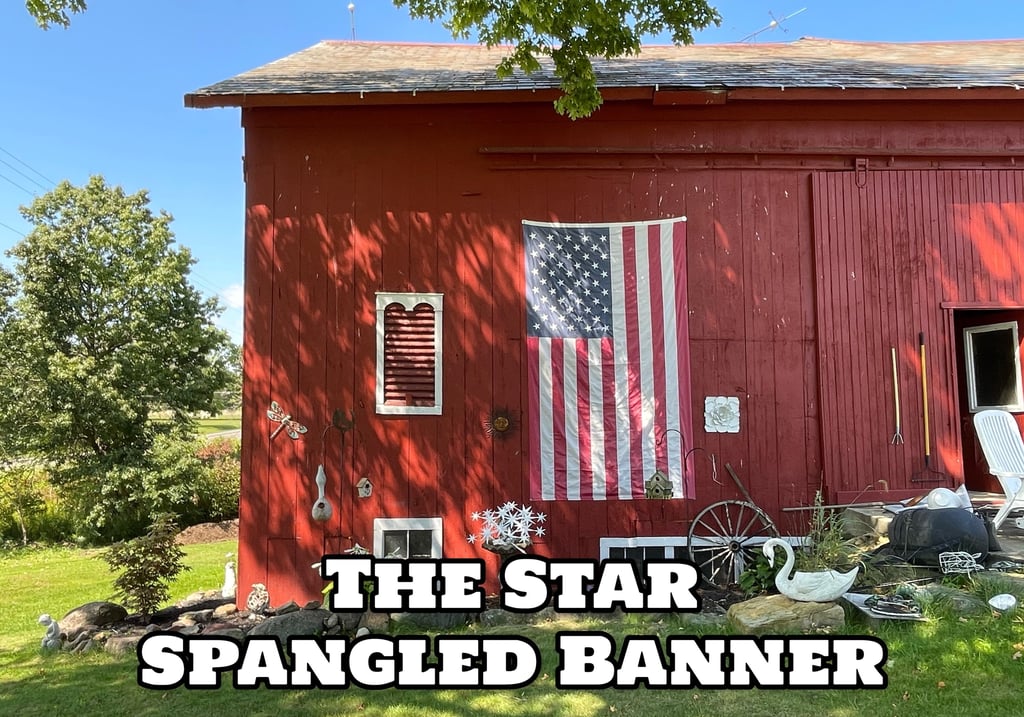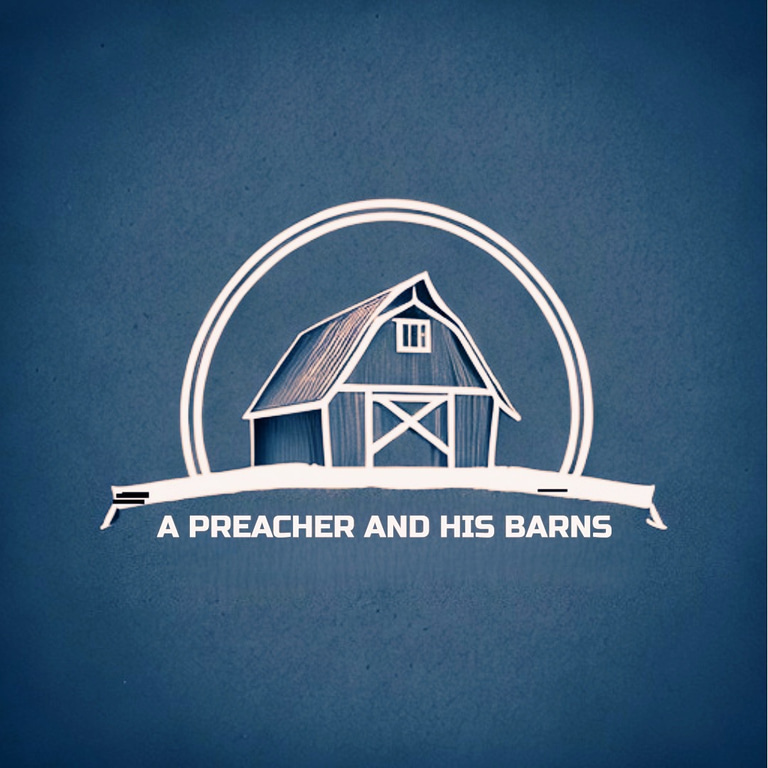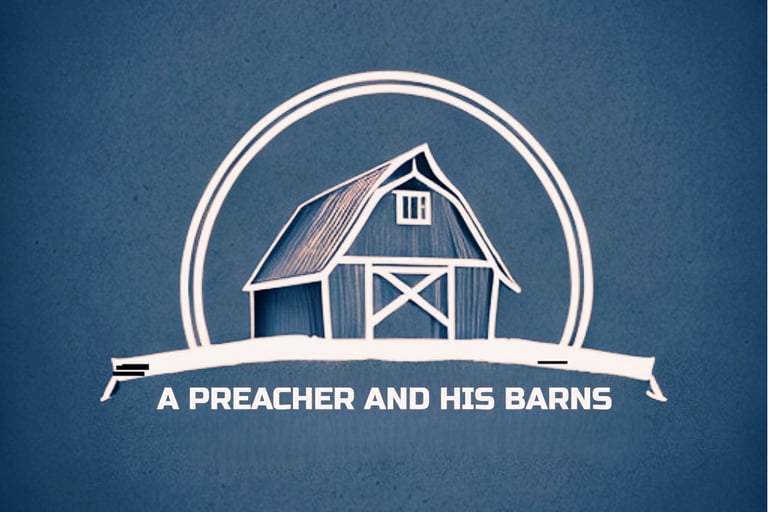The Star Spangled Banner
THE STAR SPANGLED BANNER “O say can you see, by the dawn's early light, What so proudly we hailed at the twilight's last gleaming, Whose broad stripes and bright stars through the perilous fight, O'er the ramparts we watched, were so gallantly streaming? And the rockets' red glare, the bombs bursting in air, Gave proof through the night that our flag was still there; O say does that star-spangled banner yet wave, O'er the land of the free and the home of the brave?”
FEATUREDDEVOTIONS


The Star Spangled Banner
The young Republic of America was under attack. The British were coming (again) and they were not happy. The War of 1812 was under way.
In 1814, the Capitol of Washington DC lay burned and smoldering and the British were setting their eyes on Baltimore as they maneuvered for the killing blow. Defending the city from the British fleet was Major George Armistead who commanded Fort McHenry. He was outgunned by the British cannons and rockets but he proudly flew the young country’s 17x25 foot flag above the fort.
Aboard one of the British warships was a Washington lawyer by the name of Francis Scott Key. He was negotiating the release of a prominent American prisoner when it was discovered that he overheard the plans for the impending invasion. British Vice Admiral Chochrane ordered that Key could not leave until after the battle had been fought. So, Key remained on the ship and tensely watched as the British bombardment began.
For the next 25 hours, the British launched every bit of their ammunition at the Fort’s flag with the intent of taking it down. The Americans had been informed that if they lowered Fort McHenry’s flag, the British would accept it as a sign of their surrender.
Throughout the night, the battle continued. Every cannon, bomb and rocket was aimed at the flag. The glaring burst of every close call allowed Francis Scott Key to see the flag still proudly flying above the fort. When the early light of dawn appeared on September 14, 1814, the flag was no longer there.
Instead, Major Armistead had lowered it and replaced it with an enormous, oversized 30 foot tall and 42 foot wide banner flag that waved so large and bold that the message could not be missed: “We are still here and we are not leaving!”
Demoralized and out of ammunition, the British retreated and Baltimore remained intact. That huge flag became known as “The Star Spangled Banner.” Francis Scott Key was so moved by it’s sight that he wrote the song that now bears its name. Our national anthem is the story of the heroic turning point of the war. Here are the first two lines.
THE STAR SPANGLED BANNER
“O say can you see, by the dawn's early light, What so proudly we hailed at the twilight's last gleaming,
Whose broad stripes and bright stars through the perilous fight, O'er the ramparts we watched, were so gallantly streaming?
And the rockets' red glare, the bombs bursting in air, Gave proof through the night that our flag was still there;
O say does that star-spangled banner yet wave, O'er the land of the free and the home of the brave?”
“On the shore dimly seen through the mists of the deep, Where the foe's haughty host in dread silence reposes,
What is that which the breeze, o'er the towering steep, As it fitfully blows, half conceals, half discloses?
Now it catches the gleam of the morning's first beam, In full glory reflected now shines in the stream:
'Tis the star-spangled banner, O long may it wave, O'er the land of the free and the home of the brave.”


